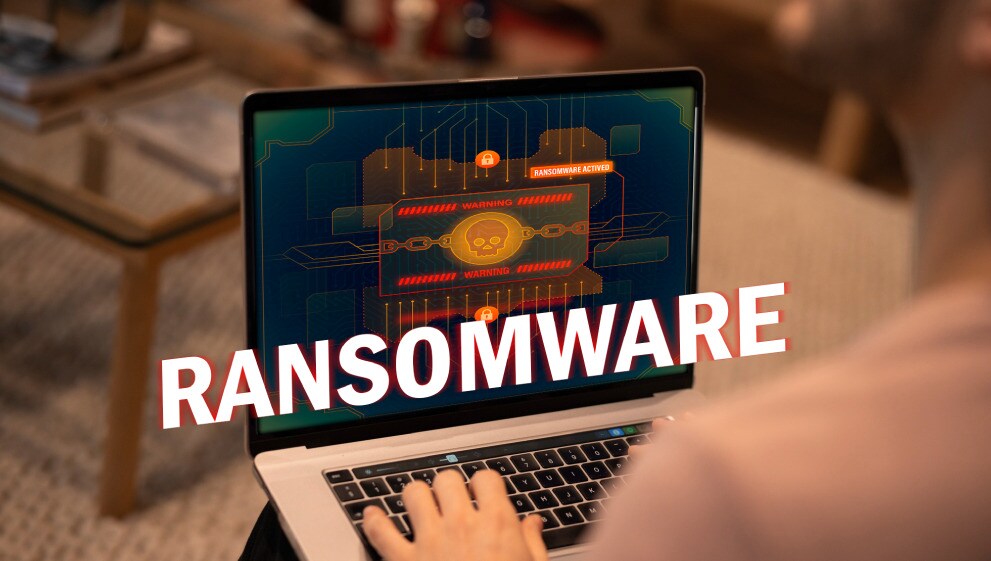The WantToCry ransomware outbreak exposed a simple truth about networks: useful services can become open doors for crime when left unguarded. Server Message Block, designed for sharing files and printers inside offices, becomes risky the moment it faces the internet.
Attackers scan for it, move laterally through systems, and lock vital data in minutes, bringing routine operations to a halt. This article explains why exposed SMB creates such fertile ground for ransomware, vulnerability to ransomware attacks and protection from ransomware.
What is SMB and Why is it a Security Risk?
SMB is a Windows feature that helps computers in the same office share files and printers. Think of it like a shared cupboard inside your workplace. It works well inside the building.
Why it can be risky?
Problems start when that cupboard is put on the street. If SMB is open to the internet, strangers can try the door and get in. The door most attackers try is called port 445. If that door is open, they can test your system and try tools that run harmful code. A layered setup is part of Total Security for organisations that depend on continuous uptime.
About the old version, SMBv1?
An older version, SMBv1, has many known weaknesses. Criminals look for it first because it is easier to break. The safe choice is to switch off SMBv1, keep only newer versions, and allow SMB only inside your private network. Do not expose it to the public internet. Keep clear rules, good logs, and regular checks. How to stay safe:
- Install Windows updates as soon as they are released.
- Keep backups with version history, and store at least one copy offline.
- Split your network so one infected device cannot reach everything.
- Use endpoint security that can spot and stop ransomware early.
Limit who has admin access, use strong passwords, and turn on multi factor authentication with the best Antivirus for ransomware.
This keeps the ransomware detection easy. SMB is useful inside your network, but it should not face the internet. Turn off the weak old version, keep systems updated, and use layered defences to reduce the chance of a ransomware outbreak. Monitor for unusual traffic and restrict admin rights. Pair these actions with Ransomware Protection that includes isolation, rollback, and behavioural blocking.
How the ‘WantToCry’ Ransomware Exploits Exposed SMB Ports
Tracing the First Signs: How WantToCry Emerged and Spread
Server Message Block SMB Services Ransomware Example
Here are some examples to help you avoiding ransomware attacks:
- WantToCry ransomware used a leaked exploit to find Windows machines with open SMB, then encrypted data and demanded payment.
- BadRabbit and other SMB ransomware families have used lateral movement over SMB shares to reach new hosts once one device was compromised.
Frequently Asked Questions
-
What port does SMB use and should it be open to the internet?
SMB commonly uses TCP 445. Do not expose it publicly. Restrict it to internal networks and use a VPN for remote access.
-
Can ransomware spread through WiFi?
Yes, if a device on the same wireless network is infected and SMB is available, the malware can scan peers and attempt to spread.
-
How can I protect my network from SMB-based ransomware?
Disable SMBv1, patch systems, and restrict 445 at the perimeter. Use layered protection from a capable Antivirus along with intrusion prevention, quality backups, and attentive monitoring. These steps strengthen ransomware security.
-
What happens if you block SMB?
External blocks cut a major attack path. Inside the office, blocking SMB can break file sharing and print servers, so scope the rule carefully or allow only required hosts and groups.
-
Can antivirus software prevent SMB ransomware attacks?
Good tools help by catching known payloads and risky behaviours. Choose the best antivirus for ransomware that supports rollback, controlled folder access, and real time heuristics. Combine it with strong policies for avoiding ransomware attacks.
-
What is the full form of SMB in cyber security?
SMB stands for Server Message Block. It describes the protocol used for file and resource sharing on Microsoft networks.



